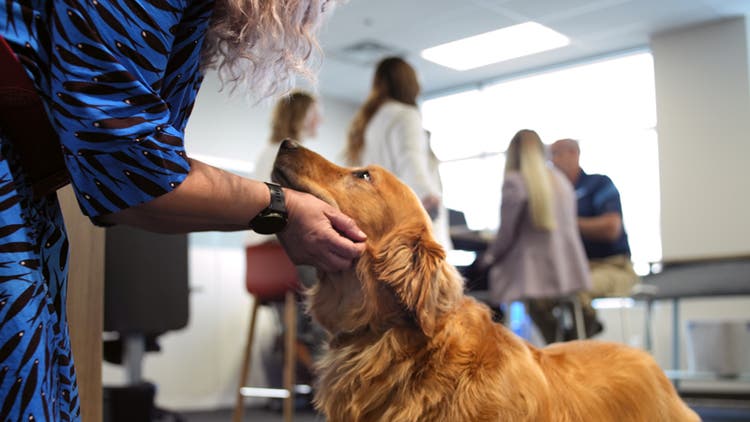Newsroom
As a trusted partner in animal health, we believe in transparent and consistent communication. Our team is constantly providing new, innovative solutions and insights to address global issues at the intersection of animal, human and environmental health. Learn more about our latest work as we continue delivering on our purpose of making life better for animals.
Latest Releases
Media Resources
Featured Articles
Stay in the know with our Featured Articles - a curated collection of insights, updates and stories that bring you closer to the world of animal health.
In the News
Media Contacts
For any media inquiries, get in touch with a member of our media team. For non-media members, please call, 1-877-352-6261
Explore Beyond

About Us
We are united by a genuine love and care for animals. Our purpose - making life better for animals, makes life better - fuels us to break boundaries and inspires us to push further, transforming animal care and going beyond to improve outcomes for animals, customers and society. We are veterinarians, pet owners, farmer’s kids and animal lovers.

Leadership and Governance
Our leadership team is composed of seasoned industry and business leaders, each with a unique background but a shared passion to deliver on our next era of innovation and growth. We believe our key corporate governance and ethics policies enable us to manage our business in accordance with the highest standards and in the best interests of our stakeholders.

Innovation
Animal health has untapped innovation potential. Only a few companies have the capability to develop and get approval for new, breakthrough innovations and then get them into the hands of farmers, veterinarians and pet owners around the world. Discover how we’re one of those few companies and what makes us an innovation partner of choice.



